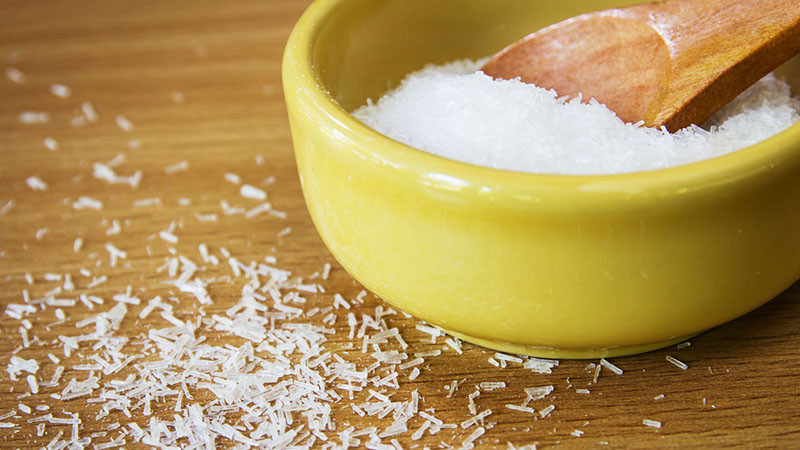
The Magic of Glutamic Acid in Monosodium Glutamate
Monosodium Glutamate, or MSG, is produced through natural fermentation (similar to the process used for , , ,) of agricultural products such as sugarcane and cassava. MSG’s main component is Glutamic Acid, an amino acid that is a building block of protein. Some believe that consuming large amounts of MSG leads to increased Glutamic Acid levels in the blood, which can affect brain function.

However, the amount of Glutamic Acid our body absorbs from foods like meat, fish, and eggs is actually tens of times higher than the amount we get from MSG in our daily diet. Regardless of the source, Glutamic Acid is directly involved in the complete metabolism process, converting into energy and never entering the bloodstream.
Dosage and Timing: When to Add MSG to Your Cooking
Renowned health organizations, including those of the United Nations, the European Union, and the United States, have concluded that MSG is a safe seasoning with no daily intake limit.

When cooking, it’s common to marinate ingredients with seasonings about ten minutes before cooking to enhance the flavor. On the other hand, some believe that MSG should only be added at the end, as adding it during cooking could be harmful to health.
Typical cooking temperatures range from 130°C to below 260°C. Research shows that within this temperature range, MSG remains stable and does not transform into harmful substances. MSG only loses its flavor-enhancing properties and may degrade into unhealthy compounds when continuously burned for two hours at temperatures above 300°C. At that point, any food would be charred beyond edibility.
So, you can add MSG at any time during cooking, depending on the dish and your culinary expertise. Or, follow these tips for a more delicious meal:

– For dishes that require marinating (frying, grilling, stir-frying, stewing, etc.), if using MSG, do it in two steps. First, marinate the ingredients before cooking to infuse the flavors. Second, season just before serving to balance the dish’s flavors.

– For dishes with broth (soup, stew, etc.), add MSG towards the end of cooking to fine-tune the flavor accurately and prevent excessive evaporation from affecting the taste.
So, MSG isn’t as harmful as we once thought. Hopefully, this article has helped dispel the myth that MSG affects brain function and causes cancer.
Explore 12 Amazing Destinations for Biking Trips
Unlock Vietnam in a brand new way with an exciting biking tour! Discover the stunning beauty of the country with Dien May XANH’s top 12 must-see destinations. From sweeping plains to clear blue beaches and mountainous vistas – experience all the sights with your own personal cycling tour. Find your ideal route and set out for an adventure today!



































